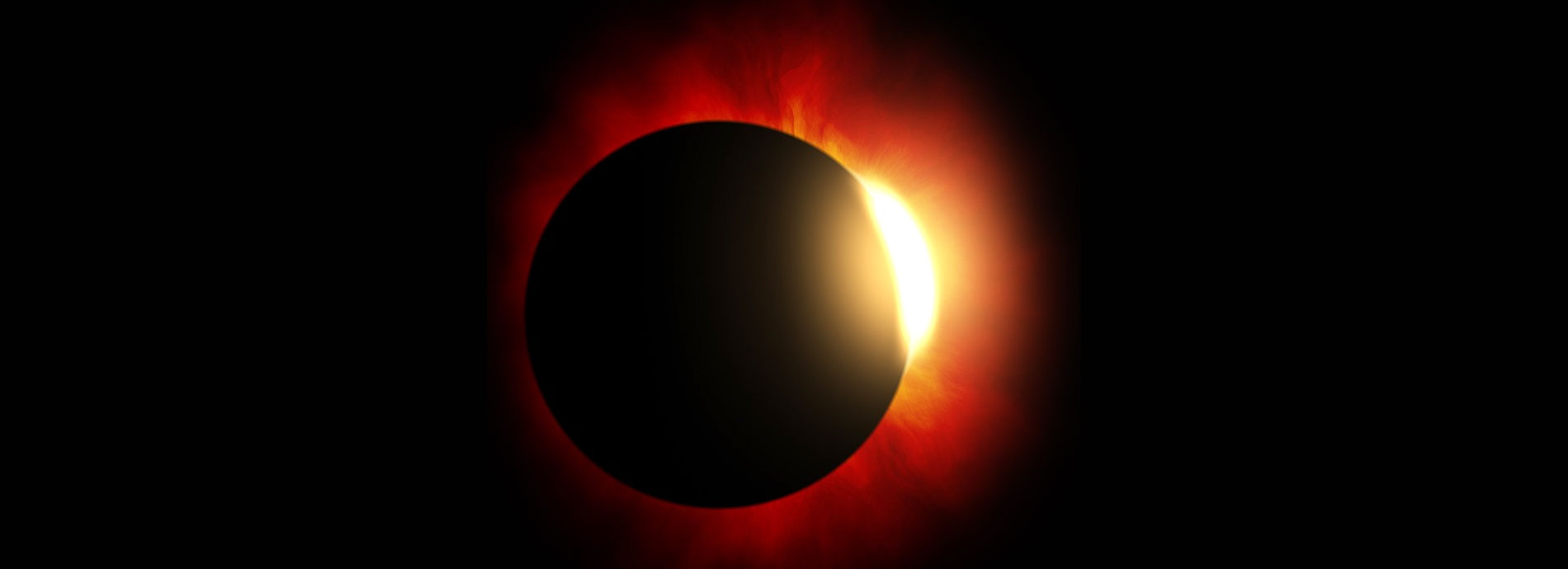
NEW YORK, NY – The upcoming solar eclipse on April 8, 2024, will be a remarkable celestial event visible from all of New York State, with 20 western and upstate SUNY campuses falling along the path of the total solar eclipse. As excitement builds for this awe-inspiring phenomenon, it is crucial to prioritize eye safety to avoid permanent damage. Even during an eclipse when most of the sun’s light is blocked, looking directly at it can cause severe harm to your eyes in just a matter of seconds. To safeguard your vision, it is essential to utilize eclipse glasses or handheld solar viewers that adhere to the International Organization for Standardization (ISO), specifically the ISO 12312-2.
Dr. Nicole Putnam, Associate Professor of Biological & Vision Sciences at SUNY College of Optometry, emphasizes the importance of inspecting your eclipse glasses or viewer before use. “You should inspect your eclipse glasses or viewer to make sure they are not scratched, punctured, or damaged in any way,” advises Dr. Putnam. Additionally, she recommends testing them first on a light or lamp, ensuring that you cannot see anything through them except for the sun, which should be visible through the proper filters. To obtain eclipse glasses, there are several options available. Many libraries, museums, and other organizations may offer them for free. Alternatively, reputable vendors such as Rainbow Symphony and American Paper Optics provide them for purchase online.
Not all parts of New York State will be in the Path of Maximum Totality, where a complete solar eclipse will occur for nearly 3 ½ minutes. While observing the partial eclipse, one of the simplest and safest methods is to project an image onto a flat surface. This can be achieved by creating a small hole in a piece of paper or cardboard or by using your hand to create a pinhole. With the sun behind you, allow the light to pass through the hole. Household items such as a colander, spoon with holes, or a straw hat – anything with several small holes – make a wonderful pinhole projector. Do NOT look at the sun or eclipse through pinholes. Additionally, the shadows cast by leaves and other objects will offer fascinating observations during the various stages of the eclipse.
For further information on ensuring the safety of your eclipse glasses or handheld solar viewers, the American Astronomical Society has published a comprehensive article titled “How Can You Tell If Your Eclipse Glasses or Handheld Solar Viewers Are Safe?” In the case of an eye emergency, if you have prolonged exposure or changes in vision, call your eye doctor immediately.
As the highly anticipated solar eclipse approaches, remember to prioritize your eye safety. By following the recommended precautions and utilizing proper viewing equipment, you can fully enjoy this extraordinary celestial event without compromising your vision.
For information on how to view the solar eclipse in New York State, visit: New York State Solar Eclipse | View Info, Times & Maps (iloveny.com)
Contact: Rob Rosiello, communications@sunyopt.edu
###
About SUNY Optometry
Founded in 1971 and located in New York City, the State University of New York College of Optometry is a leader in education, research, and patient care, offering the Doctor of Optometry degree as well as MS and Ph.D. degrees in vision science. The College conducts a robust program of basic, translational and clinical research and has 65 affiliated clinical training sites. SUNY Optometry is regionally accredited by the Commission on Higher Education of the Middle States Association of Colleges and Secondary Schools; its four-year professional degree program and residency programs are accredited by the Accreditation Council on Optometric Education of the American Optometric Association. All classrooms, research facilities, and the University Eye Center, which is one of the largest optometric outpatient facilities in the nation, are located on 42nd Street between Fifth and Sixth Avenues in midtown Manhattan. To learn more about SUNY Optometry, visit www.sunyopt.edu.